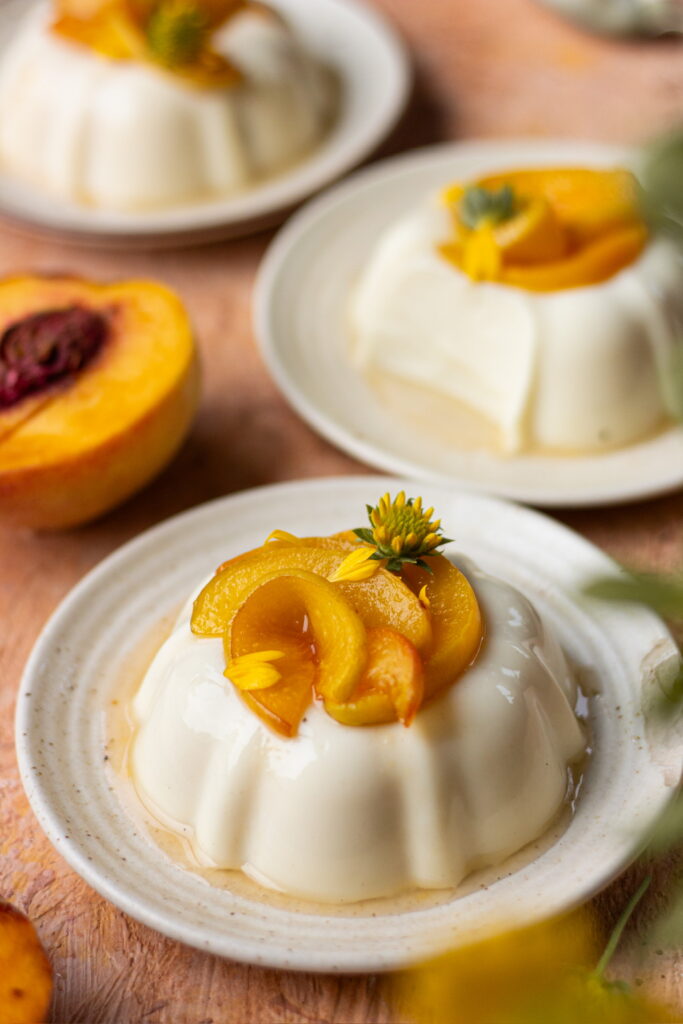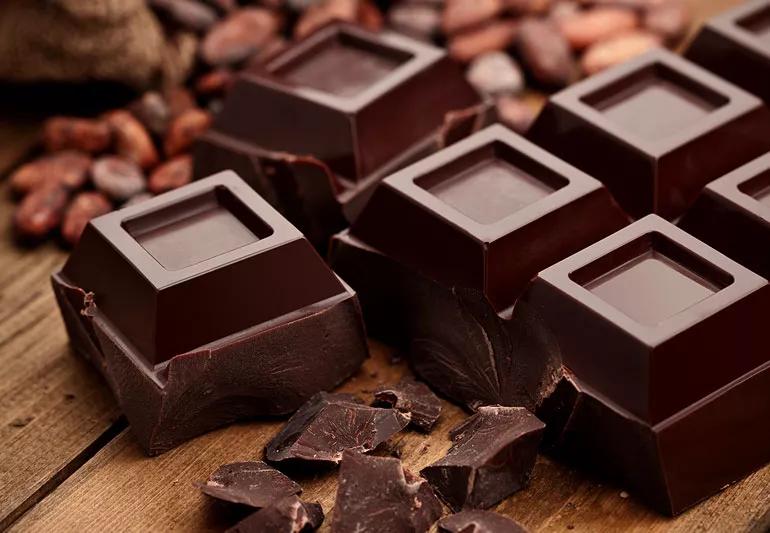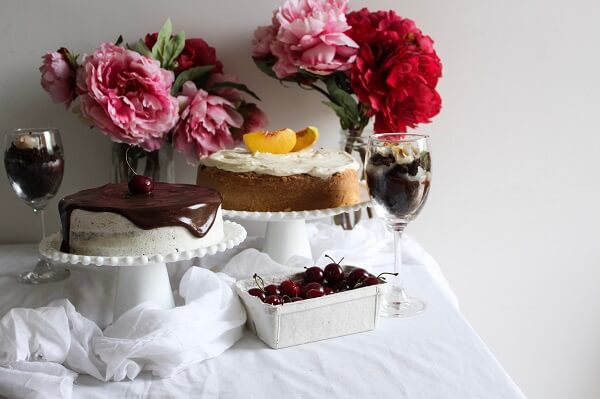Chocolate is a universally adored treat, found in everything from decadent desserts to simple snacks. But did you know there’s more to chocolate than just its sweet allure? Each type of chocolate—whether dark, milk, or white—offers a unique flavor profile, texture, and use in both cooking and baking. Understanding these differences not only enhances your appreciation for chocolate but also helps you choose the right one for your recipes. In this post, we’ll explore the characteristics of these chocolates, dive into the science behind them, and even touch on the art of tempering.

What are Chocolates?
Chocolate is a sweet, edible product derived from the seeds of the cacao tree. The journey of chocolate starts with the harvesting of cacao beans, which are fermented, dried, roasted, and processed into cacao mass and cocoa butter. The combination of these ingredients with sugar and sometimes milk creates the various types of chocolate we enjoy.
At the core, chocolates are made from two essential components:
- Cocoa Mass (or Chocolate Liquor): A paste formed from ground cacao beans, containing both cocoa solids and cocoa butter.
- Cocoa Butter: The fat extracted from cacao beans, giving chocolate its melt-in-your-mouth texture.

WHAT ARE THE DIFFERENT TYPES OF CHOCOLATES?
Dark Chocolate:
Dark chocolate is the purest form of chocolate, offering a rich and intense flavor due to its high percentage of cocoa solids. Unlike milk or white chocolate, dark chocolate contains no milk solids, which gives it a more robust and slightly bitter taste. The higher the cocoa content (usually over 50%), the more intense the flavor.
In addition to its complex flavor, dark chocolate is known for its potential health benefits. It’s packed with antioxidants, particularly flavonoids, which are believed to improve heart health by lowering blood pressure and improving blood flow. The lower sugar content compared to milk chocolate also makes it a popular choice for those looking to indulge in a slightly healthier treat.
Dark chocolate is a versatile ingredient, perfect for baking, making ganache, or enjoying on its own. Its deep flavor profile pairs well with everything from fruits like berries to nuts and spices, making it a favorite among pastry chefs and chocolate enthusiasts alike.
DARK CHOCOLATE RECIPES THAT YOU CAN FIND IN MY NEW“CHOCOLATE” BOOK-
MOCHA MOUSSE CAKE

MATILDA’S CHOCOLATE CAKE

CHOCOLATE BASQUE CHEESECAKE

MILK CHOCOLATE
Milk chocolate is the most popular type of chocolate, known for its smooth, creamy texture and sweet, mild flavor. It is made by blending cocoa solids, cocoa butter, sugar, and milk solids.
The addition of milk gives it a much creamier mouthfeel compared to dark chocolate, making it more approachable for those who prefer a less intense cocoa flavor.
With a lower cocoa content (generally between 10-40%) and higher sugar levels, milk chocolate is sweeter and has a milder flavor profile. While it doesn’t contain as many antioxidants as dark chocolate, the balance of sweetness and creaminess makes it a favorite in candy bars, confections, and baked goods.
Because of its soft texture and rich flavor, milk chocolate is commonly used in making chocolates, ganache, and even hot cocoa. Its versatility and mild taste make it a go-to option for snacking or adding a touch of indulgence to a variety of desserts.

MILK CHOCOLATE RECIPES THAT YOU CAN FIND IN MY NEW“CHOCOLATE” BOOK-
ESPRESSO CUPCAKES

Ferrero Rocher Cake

WHITE CHOCOLATE
White chocolate with it’s creamy color and sweet, buttery flavor. Unlike dark and milk chocolate, white chocolate contains no cocoa solids, which are responsible for the traditional chocolate taste. Instead, it is made from cocoa butter, sugar, and milk solids, giving it a rich, smooth texture but without the characteristic bitterness of chocolate.
The absence of cocoa solids results in a much sweeter taste, with vanilla and dairy flavors taking center stage. While it doesn’t offer the same antioxidant benefits as dark or even milk chocolate, white chocolate excels in adding a luxurious creaminess to desserts and confections.
White chocolate is frequently used in baking, where its subtle sweetness complements rich flavors like berries, citrus, and spices. It’s also ideal for decorating cakes, making frostings, or creating creamy fillings, thanks to its ability to melt smoothly and evenly.
:max_bytes(150000):strip_icc()/what-is-white-chocolate-0124-1d847fbca98d4bf39da3ab1a506fdbe5.jpg)
WHITE CHOCOLATE RECIPES THAT YOU CAN FIND IN MY NEW“CHOCOLATE” BOOK-
STRAWBERRY RAFFAELLO BALLS

WHITE CHOCOLATE PEACH PANNA COTTA

CARAMELISED WHITE CHOCOLATE TART

- RUBY CHOCOLATE
Ruby chocolate is a relatively new type of chocolate introduced to the world in 2017 by the Swiss company Barry Callebaut. It is often referred to as the “fourth type of chocolate,” joining dark, milk, and white chocolate. Ruby chocolate has a distinctive pinkish-red color, which comes naturally from the cocoa beans used in its production. It does not contain added colorants or flavors. Ruby chocolate has a unique taste described as a mix of fruity, berry-like tartness and creamy sweetness. It’s less sweet than white chocolate and has a slightly tangy flavor. It is made from specially selected ruby cocoa beans, which are grown in specific regions, such as Ecuador, Brazil, and the Ivory Coast. These beans naturally have the properties that give ruby chocolate its color and flavor.
RUBY CHOCOLATE RECIPES THAT YOU CAN FIND IN MY NEW“CHOCOLATE” BOOK-
RUBY CASHEW FROSTED COOKIE

DOUBLE DECKER FUDGE

What Are Compound Chocolates?
Compound chocolates are made from a mixture of cocoa powder (instead of cocoa mass) and vegetable fats (like palm or coconut oil) instead of cocoa butter. This results in a more cost-effective alternative to real chocolate.
- Taste & Texture: Compound chocolate has a more waxy texture and often tastes slightly artificial compared to couverture (real) chocolate.
- Uses: It’s commonly used in commercial baking, coating, and candy making due to its ease of handling, as it does not require tempering.
DIFFERENCE BETWEEN CHOCOLATES AND COMPOUNDS
Real Chocolate (Couverture) is made from cocoa solids (in the form of cocoa mass or cocoa powder) and cocoa butter. It’s the “real deal” when it comes to chocolate, Amuoffering a rich, smooth texture, intense flavor, and the classic melt-in-your-mouth quality. Requires tempering for a glossy finish and good snap. Couverture chocolate is more expensive due to cocoa butter content. Some brands that i use while baking are-
- Callebaut
- Van houten
- Amul
- All things chocolate
Compound Chocolate uses vegetable fats instead of cocoa butter, which makes it more affordable and easier to work with, as it doesn’t require tempering. However, this comes at the expense of flavor and texture, often leaving a waxy aftertaste compared to the silky smoothness of real chocolate. Compound chocolate is often found in mass-produced products where cost and ease of handling are prioritized over flavor quality. Does not require tempering.
What is Tempering?
Tempering is a process of carefully heating and cooling chocolate to stabilize the cocoa butter. Proper tempering ensures that the chocolate has a smooth, glossy finish, and a satisfying snap when broken.
Here’s a brief overview of how tempering works:
- Melting the chocolate to its highest temperature (dark chocolate: 45-50°C, milk and white: 40-45°C).
- Cooling it down to its working temperature (dark chocolate: 31-32°C, milk chocolate: 29-30°C, white chocolate: 28-29°C) by adding untempered chocolate or spreading it on a cool surface.
- Reheating slightly to stabilize the crystal structure and keep the chocolate in temper for dipping, molding, or coating.
Tempering ensures the chocolate hardens properly, stays glossy, and doesn’t bloom (develop white streaks or spots).
Understanding the differences between dark, milk, and white chocolate helps you make the best choice depending on your flavor and baking needs. While real chocolate offers superior taste and texture, compound chocolates provide convenience and cost efficiency. If working with real chocolate, mastering tempering will ensure professional-quality results.
Whether you’re indulging in a rich dark chocolate bar or creating beautiful chocolate-covered treats, chocolate is truly a versatile and beloved ingredient!





 Hello. I'm Shivesh Bhatia, a food blogger and food stylist from Delhi, India. Welcome to Bake With Shivesh, where I'll help you create magic in your kitchens with my simple recipes.
Hello. I'm Shivesh Bhatia, a food blogger and food stylist from Delhi, India. Welcome to Bake With Shivesh, where I'll help you create magic in your kitchens with my simple recipes.
Leave a Reply